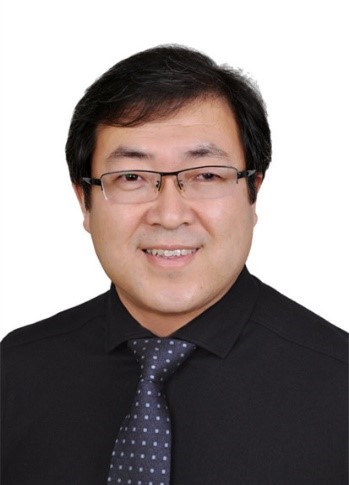Prof. Shuhong Wang

Professor Wang Shuhong serves as a member of the Teaching Guidance Subcommittee for Fundamental Electrical and Electronic Courses under the Higher Education Institution Committee of the Ministry of Education, a member of the Curriculum Working Committee of the Shaanxi Provincial Higher Education Teaching Guidance Commission, a committee member of both the Applied Superconductivity Technology Committee and the Electrotechnical Theory and New Technology Committee of the China Electrotechnical Society, an IEEE Senior Member, and a participating expert in CIGRE Working Group WG2.60 "Thermal Behavior of Transformers". He has taught two undergraduate specialized foundational courses and one graduate course, receiving the Wang Kuancheng Education Award, two Shaanxi Provincial Teaching Achievement Awards, one Shaanxi Provincial Science and Technology Award, and three university-level teaching achievement awards. His sustained research focuses on simulation, analysis, optimization, and development of electrical equipment, having led two National Natural Science Foundation General Projects, participated in two NSFC Key Projects, directed one sub-project of the National Science and Technology Major Special Program, and overseen a sub-task of the National Key R&D Program. With over 100 peer-reviewed publications including more than 50 SCI-indexed papers, his work appears in IEEE Transactions on Power Systems, Applied Physics Letters, and other prominent journals.
The main research interests are: Application of Multiscale Numerical Computing to Power Equipment; Application of Intelligent Algorithms in Power Equipment.
Presentation: Spatial multi-scale modeling and numerical computation for electric power equipment
Spatial multi-scale refers to the coexistence of geometrically or physically distinct scale characteristics with significant differences within a system, such as microscopic defects, inclusions, voids, and crack tips in macroscopic equipment. In spatial domains, it requires revealing correlation mechanisms between local details and the global system through crossing multiple scales, and resolving nonlinearities, abrupt transitions, and multi-physics coupling problems that cannot be captured by single-scale approaches, via multi-scale theories and numerical models. Different from traditional numerical algorithms, the introduction of multi-scale algorithms can appropriately handle the nonlinear cross-scale integration of different physical laws at distinct spatial scale levels.
In the presentation, the current research status of spatial multi-scale problems and fundamental principles of the algorithms will be introduced. Then, cases of multi-scale problems in practical engineering will be briefly introduced, such as cracks in fracture mechanics, multiphase flow in fluid mechanics, and dense thin-layer issues in silicon steel sheets for electromagnetic fields. Finally, highlighted discussions will be conducted based on typical multi-scale issues existing in current electric power equipment.